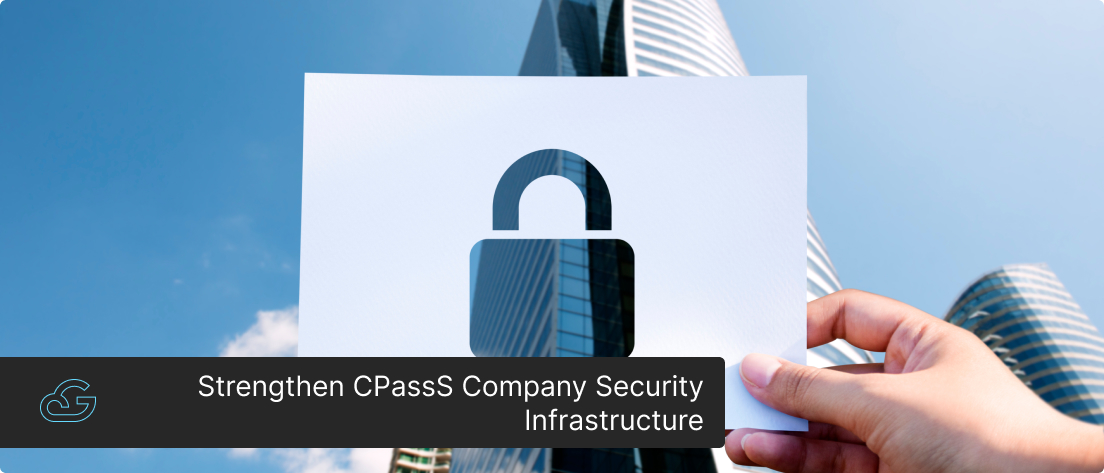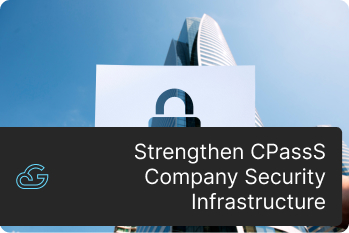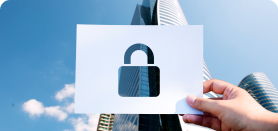Case Studies / Managed Services
How Gsoft Helped a Leading CPaaS Company Strengthen its Security Infrastructure
Posted: September 26, 2023
• 4 Min Read
Overview
Data and privacy regulations such as the General Data Protection Regulation (GDPR) and Service Organization Control Type 2 (SOC 2) place stringent requirements on businesses. Therefore, many businesses require assistance in understanding how to adhere to these rules and regulations.
GDPR and SOC 2 compliance for Communication Platform as a Service (CPaaS) companies is a must for ensuring data protection, privacy, and security, building customer trust, facilitating international operations, and helping meet regulatory requirements.
The security solutions provided by Gsoft allowed a leading CPaaS company to improve its overall security program, become GDPR compliant, and use security as a competitive advantage.
About the Brand
The client is a leading CPaaS company that provides businesses with the tools they need to build and deploy communications applications. Given the presence of European clients, the company recognized the importance of ensuring compliance with the General Data Protection Regulation (GDPR).
The Challenges
-
) Lack of well-defined standards and practices:
The initial challenge faced by Gsoft was the absence of clear standards and practices within the CPaaS provider's security infrastructure. This lack of structure can make it difficult to implement effective security measures and assign appropriate responsibilities. -
) Unfocused assignments:
The absence of well-defined standards and practices resulted in employees being given unfocused assignments. This can lead to a lack of clarity and direction in addressing security concerns and implementing necessary measures. -
) The complexity of industry standards and government mandates:
Gsoft needed to identify and adopt relevant industry standards and government mandates, such as GDPR (General Data Protection Regulation) and PCI (Payment Card Industry) compliance. These standards can be complex and require a thorough understanding of their requirements and implications. -
) Data gathering and analysis:
Gsoft conducted a survey to gather information about the organization's structure, operations, and data holdings. Collecting and analyzing this data was challenging, considering the size of the organization with diverse systems and processes. Ensuring accuracy and comprehensiveness in data collection for effective security planning was also challenging. -
) Integration of privacy regulations:
Gsoft needed to integrate GDPR compliance into the privacy program. Achieving GDPR compliance requires a deep understanding of the regulation's requirements and ensuring alignment with the organization's privacy practices. Coordinating with legal and compliance authorities to define obligations can also be challenging. -
) Harmonizing legal, compliance, and security requirements:
Bringing legal, compliance, and security functions into harmony is a complex task. These departments often have different priorities and approaches, so aligning their efforts and ensuring consistency in addressing security and privacy issues can be a challenge. -
) Resource allocation and implementation:
Implementing the security program framework, policies, risk management program, security architecture program, and privacy program requires allocating resources effectively. This includes dedicating appropriate personnel, tools, and budget to support the implementation process. -
) Ongoing monitoring and adaptation:
Achieving a strong security infrastructure is an ongoing process. Continuously monitoring the effectiveness of implemented measures, staying updated on emerging threats and evolving regulations, and adapting security practices accordingly pose ongoing challenges.
The Solution
Initially, Gsoft worked with the CPaaS provider to strengthen the latter's security infrastructure. According to the Gsoft team, the company's lack of well-defined standards and practices led to employees being given unfocused assignments. The Gsoft security program framework, policies, risk management program, security architecture program, and privacy program were all created to solve this issue.
Gsoft surveyed the organization to learn more about its structure, operations, and the data it held, processed, and maintained. The security team at Gsoft used this data to determine which industry standards and government mandates (such as GDPR and PCI) the company needed to adopt. We collaborated with the business to get an optimal level of conformity with these standards.
Gsoft's security team compiled all the data they needed and wrote a paper outlining the program's needs, which served as the program's backbone. They then segmented the privacy program based on the requirements of the various privacy regulations. Legal, compliance, and security were all brought into harmony through the integration of GDPR compliance into the privacy program.
Gsoft collaborated with legal and compliance authorities to define the security team's obligations in light of GDPR regulations.
Final Result
The CPaaS company's early involvement with Gsoft resulted in a more robust security program, GDPR compliance, and SOC2 readiness.
The company is now able to exploit security as a differentiating factor in the market. With Gsoft's managed services, the company was able to outsource certain tasks that its in-house team lacked the knowledge to complete, saving time and money.
Eventually, Gsoft and the CPaaS provider settled into a managed services agreement. The results of the engagement were so well received that the organization has decided to retain Gsoft's services for the management and maintenance of its security program.


Get Know More About Our Services and Products
Reach to us if you have any queries on any of our products or Services.











